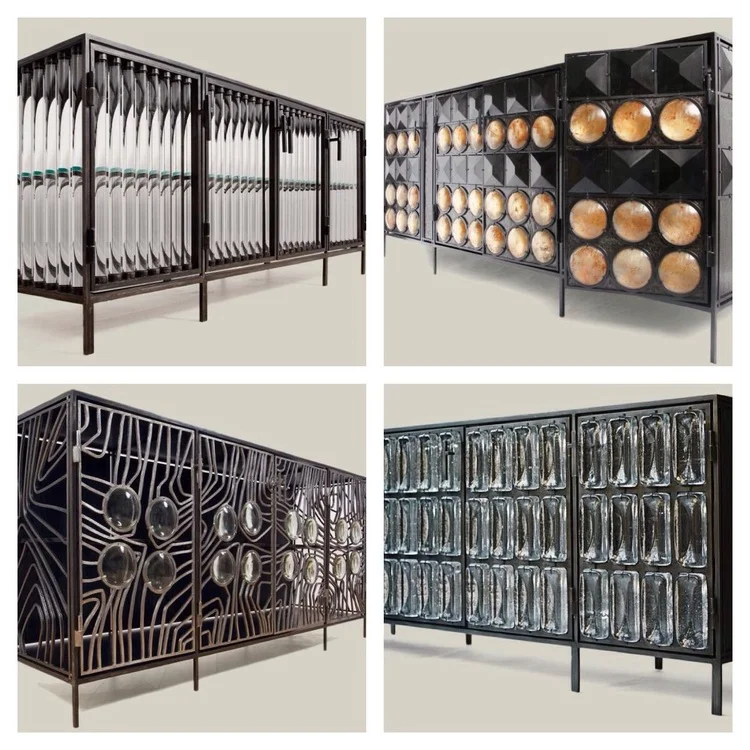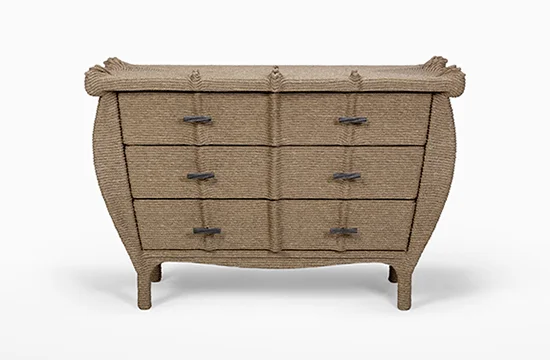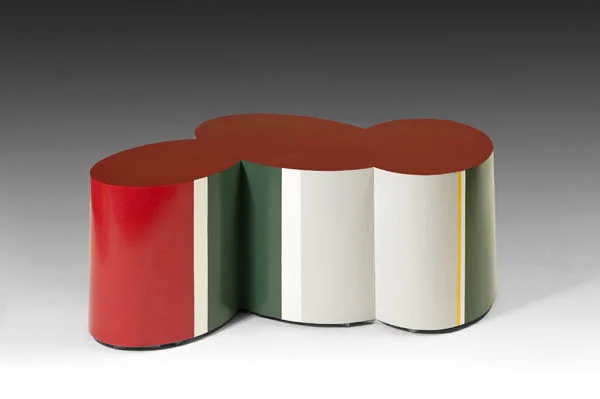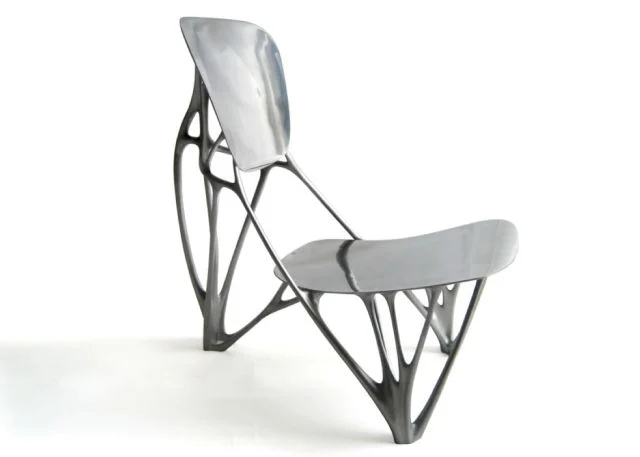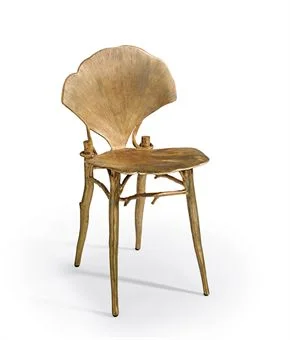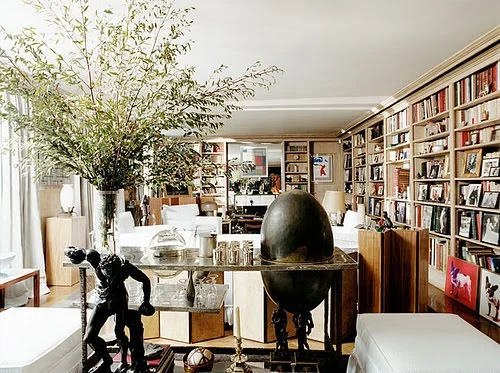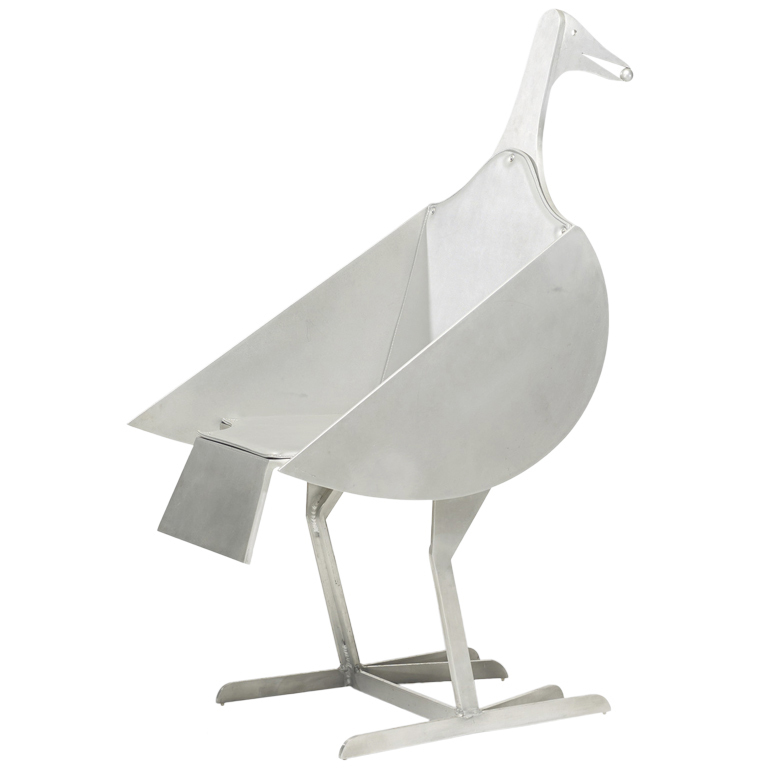Almost always a truly spectacular piece of furniture is born when unusual forms and materials fuse together perfectly and envelope what is a fundamental base for functionality. That's easier said than done. Unless you are born in an artistic family, raised and taught to be an exceptional craftsman, have the will and the tenacity to explore working with new materials and forms mid-career and in essence if you are Christophe Côme. The French artist and furniture designer creates furniture that are really sculpture portrayed in the form of furniture. His most unusual furniture pieces invariably steal the show even in a room filled only with the finest of furniture and art. I should know as I showcased one of his cabinets in the 2011 Hampton Designer Show House and where every person who walked into the room had to ask about this cabinet and who it was by. The facets and dimensions that the glass pieces create is pure magic and it is all due to the clever shapes, placement and encasement within finely sculpted steel that is Côme's signature style.
His Loukoum lamps are another favorite of mine. Like an ice block glowing from within. A simple idea but executed in the most beautiful way acting like jewelry in a room. Even in a room with my large murals and exceptional vintage furniture, his lamps quietly made people gravitate towards the desk where I placed a pair of these lamps on it. As odd as it may sound, being in the company of great pieces like this does certainly feel like you've been whisked away (think Woody Allen's Midnight in Paris) to a time and place where the intellectuals and the artists met, discussing fervently the most important issues of our time. The dialogue and interaction that each have with the other then become of utmost importance but it all starts with the integrity, craftsmanship and style of each piece and that in turn starts with the kind of person, the artist who created them in the first place. And for that reason and beyond, Côme won my heart a long time ago...
xo, Raji
2011 Hampton Designer Show House Designed by Raji RM featuring a Christophe Côme cabinet


